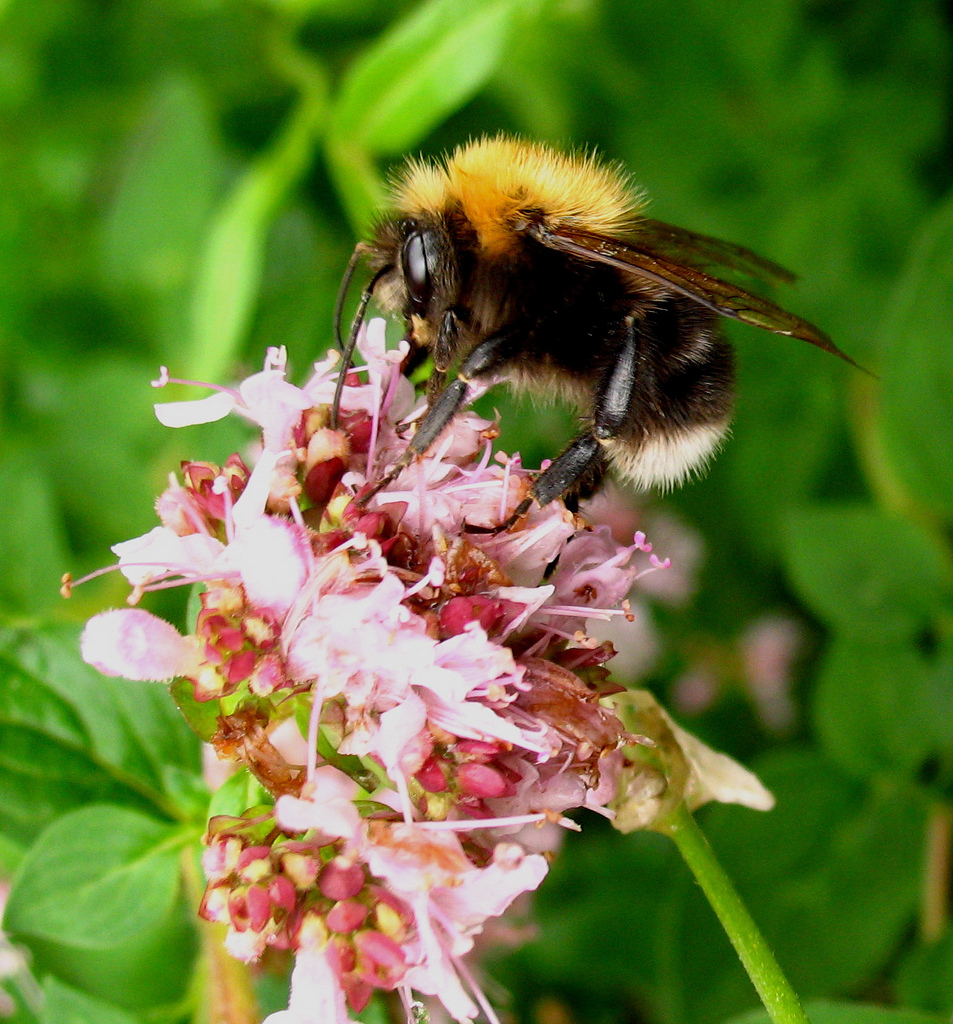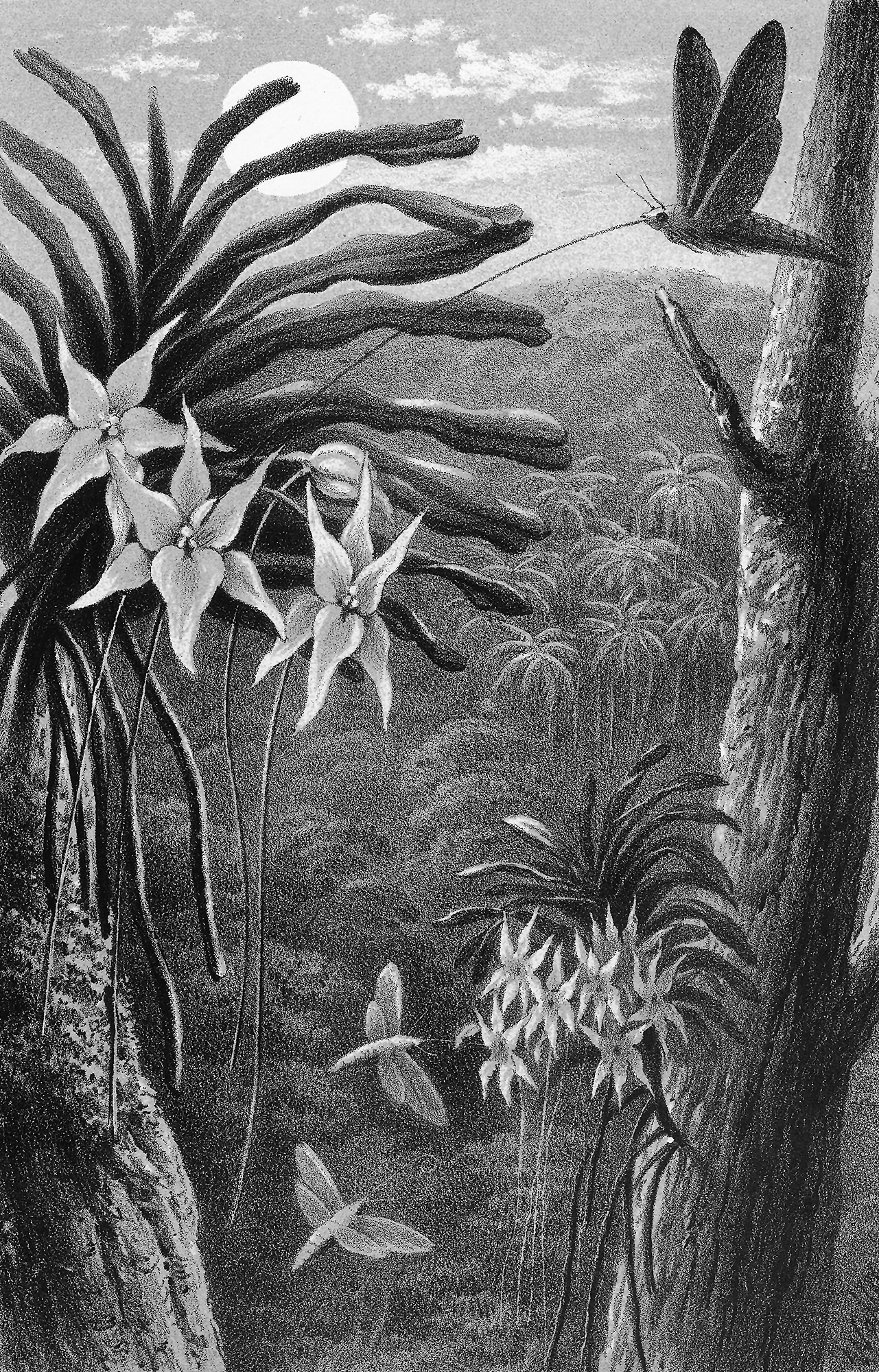EAD wants changes made and shelves built to improve the laboratory at the Mount [Darwin residence]; sends drawings and will bring chemical instruments, a book, and his record of experiments done in his chemistry course.
He has now been matriculated.
Suggestions for laboratory equipment. Will buy some mineral specimens. Describes experiments he has seen.
More suggestions for the laboratory, including some experiments.
Proposes a dry place for the apparatus for their laboratory and draws a plan for CD’s criticism.
Price has found black sediment in his tea, which was attracted to a magnet.
Asks CD to do an experiment for him.
Has found a curious stone in his fire.
Price’s iron in tea measured 13 per cent.
Accepts invitation to a Music Meeting at Osmaston, Derbyshire.
Entomological news and queries.
Has taken up angling.
The outfitting of the Beagle progresses.
CD has been dining out more than he wishes. He has met W. S. Harris of "Electricity" fame.
His fears and hopes about seasickness.
A new continent has been discovered "somewhere far South". "Perhaps we may be sent in search."
Family news. Uncle Jos [Josiah Wedgwood II] has been returned to Parliament with a fine majority.
News of family and friends after skipping June letter: Osmaston and the Foxes, five weeks in London, the Langtons in Shropshire, Fanny Biddulph and daughter, R. W. Darwin, and Charles Hughes.
The Langtons will go to Madeira for the winter. E. A. Darwin and the Hensleigh Wedgwoods enjoyed a stay in Cambridge, where they saw Professors Whewell and Sedgwick. Colonel Leighton has died. The King has dismissed the Whig Ministry; Wellington is Premier, and the country is in a strange state.
Darwin Correspondence Project
darwin@lib.cam.ac.uk
© University of Cambridge 2022
Website by Surface Impression



© 2024 University of Cambridge

